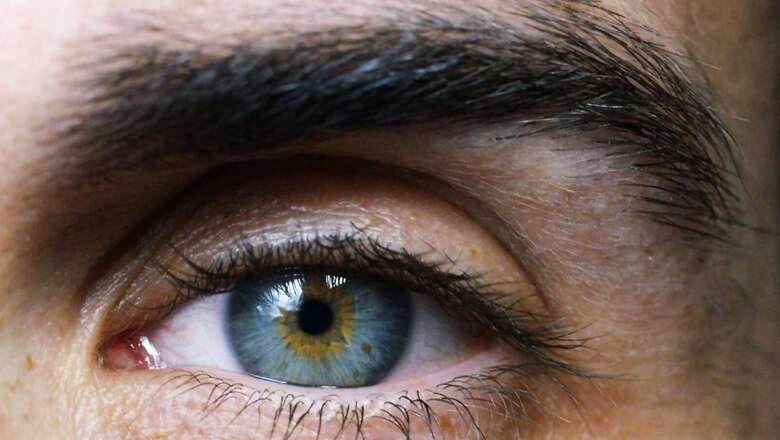
views
Among several diseases and medical conditions that can occur in the eye, retinopathy happens to be one. In simple terms, retinopathy means that the disease has damaged the retina. The retina happens to be one of the crucial components of the human eye since it is the part inside the eye that senses light. The retina contains several blood vessels and abnormalities in these vessels are one of the major causes of retinopathy.
There are several other reasons why a person can undergo this condition. Those with retinopathy can have a partial or complete loss of vision. Retinopathy can also develop slowly or suddenly and can get better on its own or lead to permanent damage of the retina.
There are mainly four types of retinopathy, let us take a look at them:
- Diabetic RetinopathyAccording to Mayo Clinic, diabetic retinopathy is a diabetes complication that affects the eyes. This medical condition mainly occurs due to damage to the blood vessels present in the light-sensitive tissue in the retina. At its initial stages, diabetic retinopathy might cause no visible symptoms or only mild vision problems. But it can lead to blindness in some cases. Diabetic retinopathy can develop in people with type 1 or type 2 diabetes. This condition is more likely to occur in those who have longer diabetes and less controlled blood sugar.
- Retinopathy of prematurity (ROP)ROP, on the other hand, occurs in infants who are born prematurely or at low birth weight. According to Drugs, when a child is born too early, retinal blood vessels do not have time to finish growing properly. Initial stages of ROP exhibit only subtle changes and no obvious symptoms in the patient. However, in more advanced stages, the retina can become detached, causing blindness in the patient.
- Hypertensive retinopathyPeople who have prolonged high blood pressure or hypertension, run the risk of having hypertensive retinopathy. According to Healthline, when your blood pressure is too high, the retina’s blood vessel walls may thicken. This may cause narrowing of the blood vessels, which then restricts blood from reaching the retina. Prolonged high blood pressure can damage the retina’s blood vessels, limiting its function, and putting pressure on the optic nerve which then causes vision problems.
- Central Serous ChorioretinopathyIn Central Serous Chorioretinopathy (CSC), fluid accumulates in the membrane behind the retina, and this fluid seeps in between layers of the retina and causes them to separate. The result of such conditions can cause blurred vision or poor night vision. According to the American Society of Retina Specialists (ASRS), CSC most often occurs in young and middle-aged adults. For reasons still unknown, men develop this condition more commonly than women. Normally, vision loss is temporary but sometimes it can become chronic or recur in patients.
Read all the Latest Lifestyle News and Breaking News here




















Comments
0 comment